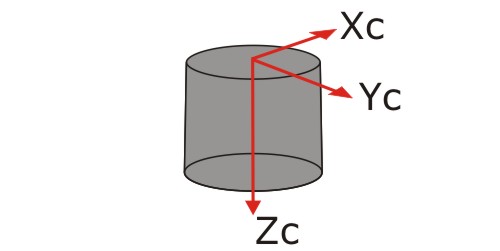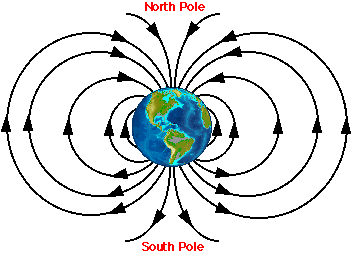Junior academics often seem a slightly embittered lot. However, it’s important to extract the right messages from the bitterness. Remember that the four, five or more years we spent working towards our PhDs were hard, physically and mentally; all that time on the same project, most of it spent either worrying that you don’t have any data, or worrying that the data you do have make no sense; finding yourself in the lab at nights and weekends, but also finding completion to be an ever mutable, ever-distant target; it’s no wonder most people go a little stir crazy, and that’s when it goes well. My PhD worked out pretty well (especially compared to some horror stories out there – I was fortunate to have a supervisor who stuck up for me when it counted), but for a long time it didn’t look that way, and I’d be lying if I told you that looking back didn’t occasionally inspire the odd shudder or five.
The Authors
Search this blog
Categories
Archives
-
Recent Posts
- No chatbots please, we’re scientists
- Golden spike or no golden spike – we are living in the Anthropocene
- We are late bending the climate change curve – but bending it still matters
- The changing picture of the Martian core
- Rivers might not need plants to meander
- Has Earth’s mantle always worked like it does today?
- How the UK’s tectonic past is key to its seismic present
- A new recipe for Large Igneous Provinces: just add BIF, then wait a couple of hundred million years
-
Recent Comments
For lot's more videos on soil moisture topics, see Drs Selker and Or's text-book support videos https://www.youtube.com/channel/UCoMb5YOZuaGtn8pZyQMSLuQ/playlists
[…] Announcing STORMS | Highly Allochthonous on Recent News […]







Nice plan for content warnings on Mastodon and the Fediverse. Now you need a Mastodon/Fediverse button on this blog.